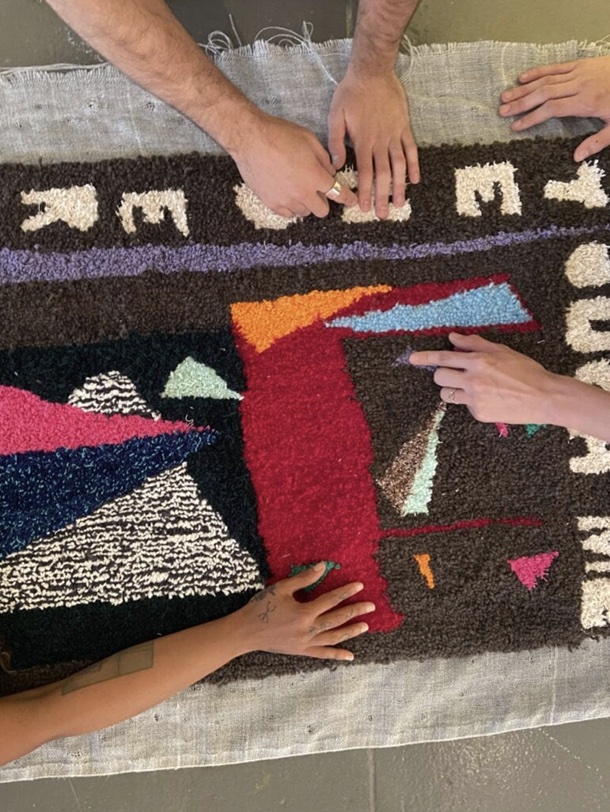
Bibliographic Reference
Amanda Cachia, “Creative Access: A Pedagogy for Arts Leaders,” American Journal of Arts Management, Volume 12, Issue 1, February 2024
In this article, I argue that creative access is an in important methodology that must be embraced by arts leaders to make our museums and cultural spaces more equitable and disability-centric. In the past decade, creative access has flourished as a methodology because contemporary disabled artists have been drawn to deploying access in their work for both its aesthetic and political qualities. Artists use access as a medium for their artwork and activist projects, namely incorporating the materiality of captions, alt-text, image descriptions, and tactile properties, where access functions aesthetically. This work simultaneously offers practical solutions to how access can be made visible and utilitarian within the artist’s own life, certainly, but I argue, within larger art and museum culture too. Arts leaders must learn and adapt from this work, where disabled artists should not only be represented in both permanent and temporary exhibitions, but they can also be hired as consultants and advisors regarding museum policy, curatorial and exhibition design, conservation and lending policies, and more. Indeed, the very purposeful inclusion of access in work by contemporary disabled artists is anything but surreptitious. Forcing visitors to focus on access through the contemporary artwork of disabled artists also centers it, and shows how it is actually missing, for the most part, when we engage with the curatorship and exhibition design of our arts and cultural spaces.